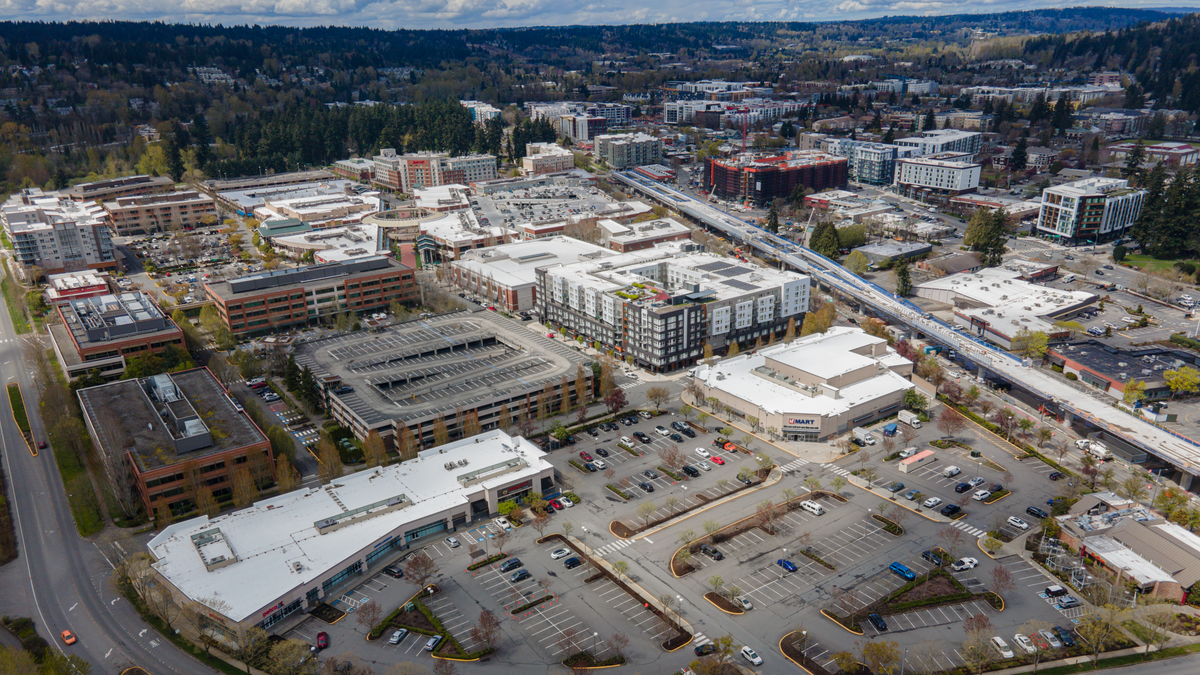ARG1
Senior Member
Actually the part of it being halfed by Mike Harris isn't actually true. It was halfed by the NDP and Bob Rae when the recession hit after he entered the office. His version of Network 2011 cut most of the plan with the only thing remaining was Sheppard from S-Y to Don Mills and Eglinton West from EW to York Centre. Mike Harris did eventually cancel Eglinton West, but Mel Lastman saved the already stubbed Sheppard Line from being cancelled.The Network 2011 plan from 1985 had the Sheppard subway as the first priority and being built by 1993, which is consistent with syn's first point above. We only got half of it nine years later thanks to the usual dithering and Mike Harris. Metro's plan was to build out satellite downtowns at STC, NYCC and in Etobicoke, but the realities of the 1990s (remember Bob Rae and the "Commercial Concentration Tax"?) ended up pushing suburban office development out of Toronto up the 404 and west to Mississauga.









